

A practical guide to hedging strategies with futures and options
Slobodan Jovanovic
 ARKETS ARE ECCENTRIC FORMATIONS MOVING in erratic and unpredictable fashion. Global commodity markets are no exception: their movement is not governed by consistent and rigid rules typical for natural sciences (in the sense of rigorous and predictable cause-effect patterns - that similar causes prove similar effects and that similar effects prove similar causes). Hence, the market's future direction is difficult to anticipate.
ARKETS ARE ECCENTRIC FORMATIONS MOVING in erratic and unpredictable fashion. Global commodity markets are no exception: their movement is not governed by consistent and rigid rules typical for natural sciences (in the sense of rigorous and predictable cause-effect patterns - that similar causes prove similar effects and that similar effects prove similar causes). Hence, the market's future direction is difficult to anticipate.
Only a few years ago, five American investment banks - the pride of the nation's financial system - collapsed within a matter of weeks, propelling the crisis into a global panic. Metals markets were also hit hard; copper in particular. The financial crises in the second half of 20o8 resulted in the first ever breakdown in copper prices - from $8ooo to $2000. What seems to be the lasting truth in regard to markets is that outcomes often diverge from expectations.
Successful investors use different routines and strategies to achieve positive returns. However, it would be misleading to regard success as a consequence of good fortune. Favourable prospects are just wishful thinking; therefore, an investor must reject any affinity towards predicting price movements. Luck may come once or twice, but generally success does not occur because investors are lucky. Success is neither luck nor a divine gift, but something that should be contemplated merely as an encounter of opportunity and the readiness to react.
Rather than guessing where the economy is headed, successful commodity traders are consistently focused on monitoring and managing price risk activity in an attempt to exploit a momentous opportunity. To become consistently successful, all traders, investors, and company risk managers must first acquire a clear understanding of derivatives' basic features and - before entering a trade - become familiar with hedging strategies that have been designed to achieve that cardinal rule of investing - eliminate the market risk exposure.
Futures hedging - often quoted as a zero-sum game - should provide predictable results: secure that "nothing's gained and nothing's lost." Yet, in some instances, the vagaries of market conditions leave potential for a fortuitous profit. These exceptional cases require an instantaneous reaction from the hedgers - to unwind the hedge strategy already instituted and alter the outcome to their advantage.
Option hedging is different, as is the nature of strategy profile and the risks it implies. Every option's hedge is an exceptional, singular phenomenon. For this reason, Hedging Commodities pays critical attention to options versatility and accentuates a wide picture of alternative scenarios. This approach is supposed to provide eligible investors with the criteria to refine risk parameters and implement the best fit strategy against all market uncertainties.
Great consideration has been devoted to visual design as it becomes increasingly common in business literature and textbooks. To enhance the learners-memorizing capacity, the author's analysis reveals the strategy concept - whenever possible - in a way clearly perceptible to the senses, so that the human eye can grasp quickly, and brain extract and correlate the essential meaning from it.
Plentiful illustrations and visually compelling figures, with practical solutions and case studies, have been developed to monitor strategy execution and learn from performance. For those with no relevant prior knowledge of hedging concepts and strategies, Hedging Commodities is a resourceful guide to distinctive exchange-based terms and concepts that explicates price risk protection fundamentals and derivative-based hedging solutions - and eventually - enunciates its ultimate goal: to allow the market risk hedges become visible.
Slobodan JOVANOVIC
 EDGING COMMODITIES ADDRESSES THE THREE MOST pronounced and intricate strands in the world of finance: derivatives, risk, and hedging.
EDGING COMMODITIES ADDRESSES THE THREE MOST pronounced and intricate strands in the world of finance: derivatives, risk, and hedging.
Derivatives
In the dynamic world of finance, the derivatives industry is an intriguing spectrum growing at a rapid pace especially within the last two decades. Its global popularity comes as a consequence of decidedly dissimilar aspects of their application: to afford protection and speculation.
Hedgers are using derivatives mainly as a key mechanism for removing the risk associated with physical assets, while speculators are assuming the risk motivated by desire of acquiring out-sized profits.
In the broadest sense, derivatives are defined as contracts whose value is derived from the value of an underlying financial asset: currency, interest rate, equity, and commodity. Although there are many types of derivatives (with new types constantly emerging), Hedging Commodities builds upon the two fundamental exchange-traded contract types - futures and options. Forwards and swaps - the major OTC contract types - are also extensively reviewed and illustrated. Throughout this work, the emphasis is placed on commodity markets and the role derivatives play in managing the risk associated with physical assets.
Risk
The theory of finance distinguishes various types of risk: financial and non-financial risk; systematic and non-systematic risk; counter-party risk; market risk; credit risk; operational risk, and the alike. The Hedging Commodities focus is on the market risk - the intimidating phenomenon entwined in all business activities enclosing the exchange-trading arena. The book introduces an impressive number of case-scenarios and examples showing a key set of criteria for measuring the risk and drawdowns against the expected gains. Guided by pragmatic solutions, readers may find what many investors are looking for - a useful trajectory on how to preserve asset value and overcome the `paralyzing inertia' in implementing risk-related decisions.
Hedging
To hedge a risky position is to minimize, mitigate, or even eliminate the omnipresent menacing threat of an adverse price move. Hence, the increased need of businesses and company leaders to reconsider and invigorate their approach to risk management. This book abounds with examples of managing risk using derivative instruments and in particular the risk exposure within metals industry complex. An emphasis has been placed on real-world risk scenarios.
Diverse hedge strategies, showing the payoff profiles and performance metrics, have been designed in an effort to achieve the ultimate goal - to convey the essential information to students, traders, and risk managing teams to develop and improve their practical abilities in managing and handling the increased uncertainty implicit in commodities trading.



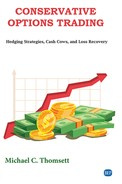
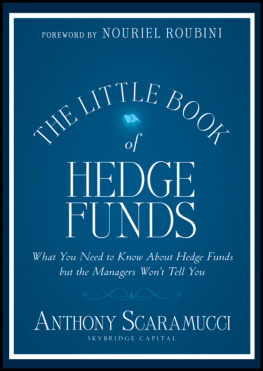
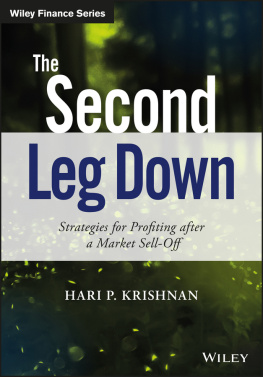
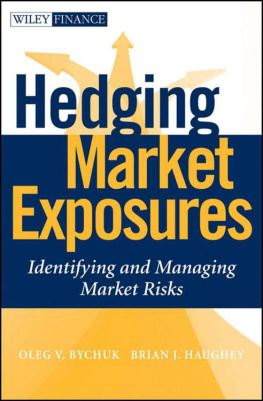
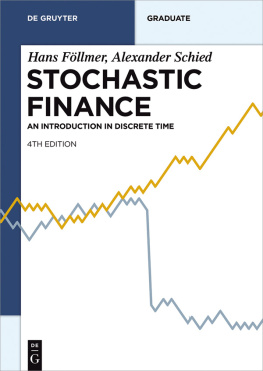
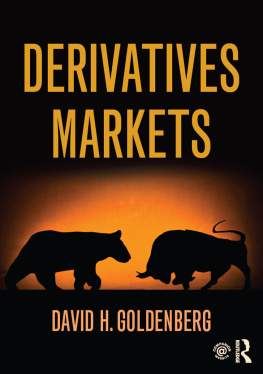

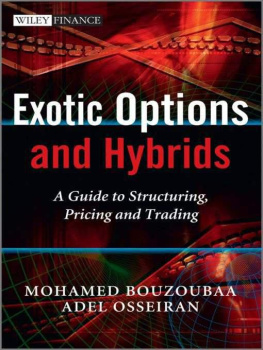
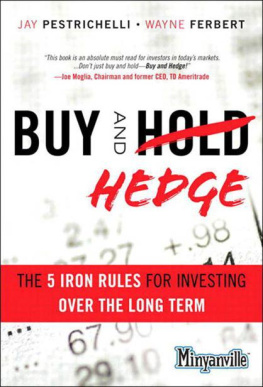

 ARKETS ARE ECCENTRIC FORMATIONS MOVING in erratic and unpredictable fashion. Global commodity markets are no exception: their movement is not governed by consistent and rigid rules typical for natural sciences (in the sense of rigorous and predictable cause-effect patterns - that similar causes prove similar effects and that similar effects prove similar causes). Hence, the market's future direction is difficult to anticipate.
ARKETS ARE ECCENTRIC FORMATIONS MOVING in erratic and unpredictable fashion. Global commodity markets are no exception: their movement is not governed by consistent and rigid rules typical for natural sciences (in the sense of rigorous and predictable cause-effect patterns - that similar causes prove similar effects and that similar effects prove similar causes). Hence, the market's future direction is difficult to anticipate. EDGING COMMODITIES ADDRESSES THE THREE MOST pronounced and intricate strands in the world of finance: derivatives, risk, and hedging.
EDGING COMMODITIES ADDRESSES THE THREE MOST pronounced and intricate strands in the world of finance: derivatives, risk, and hedging.